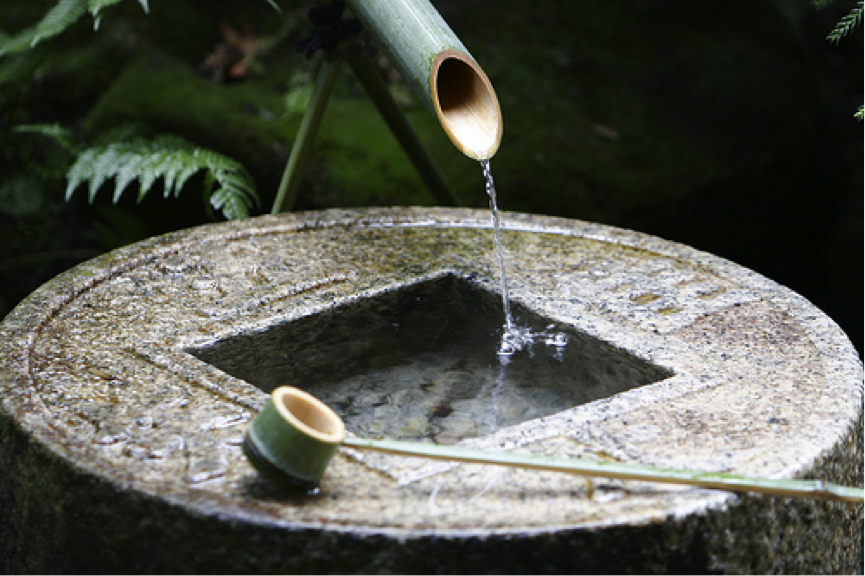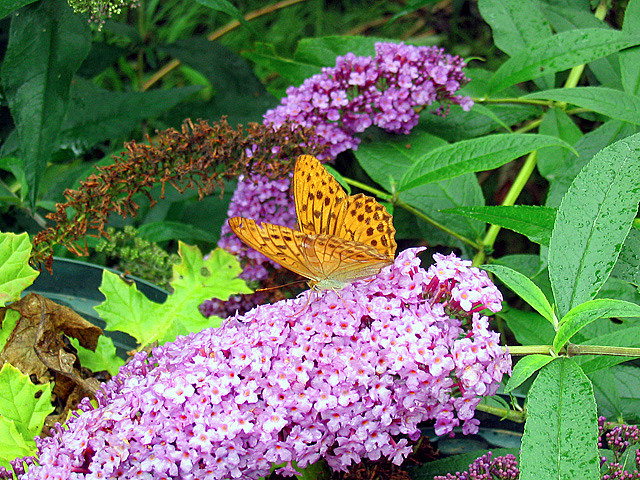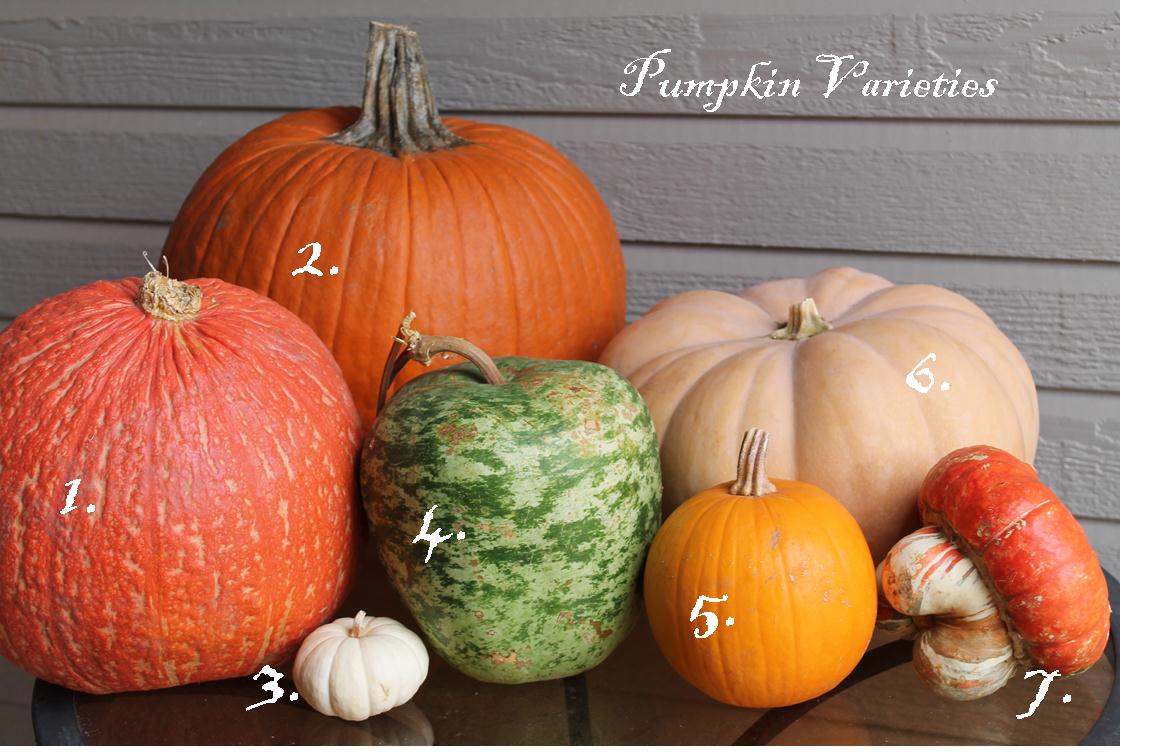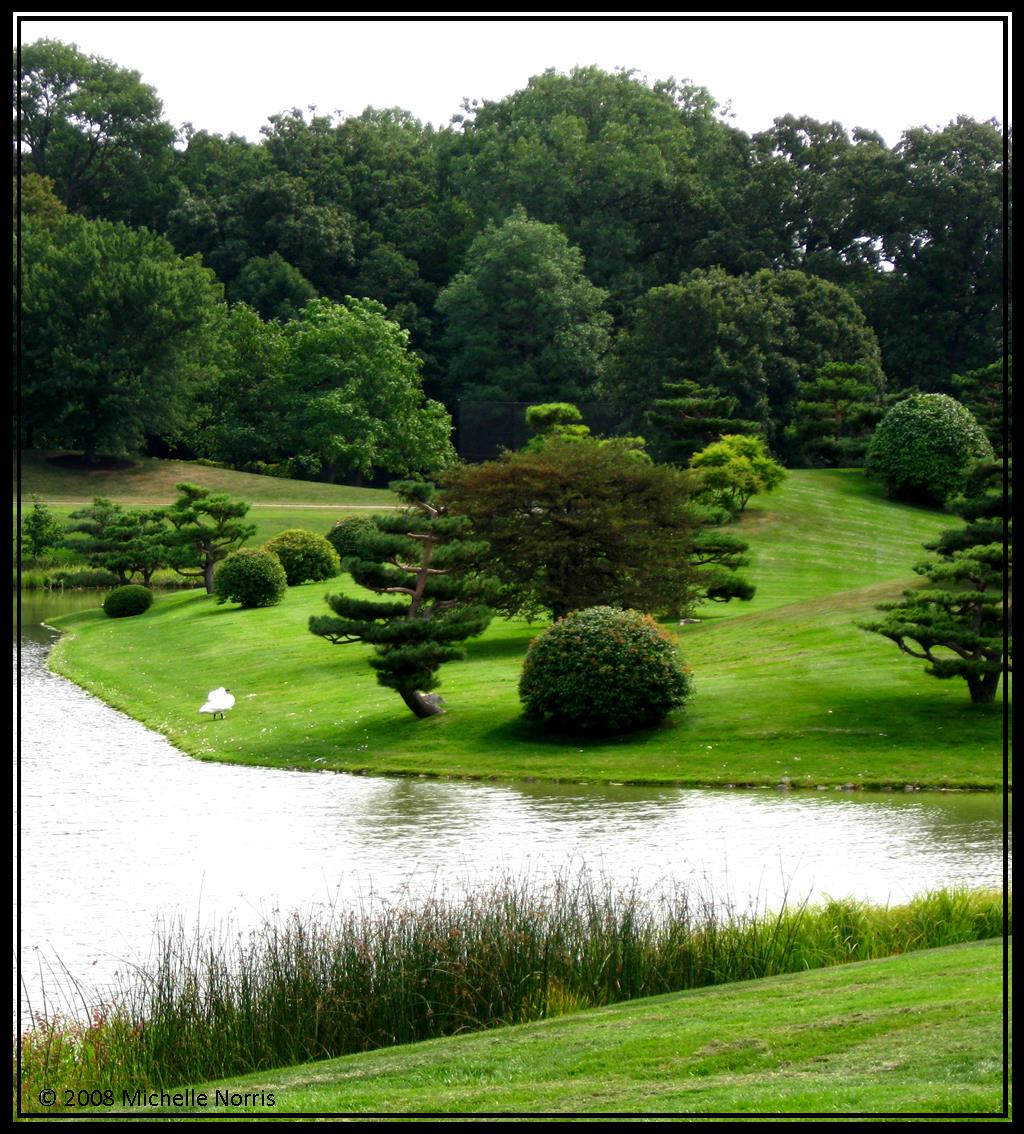Garden
-
Feng Shui in the Garden
The garden is a wonderful place to introduce feng shui principles. Here you can create a tranquil oasis of peace and calm, and boost the overall feng shui of your home. There are a few key features to keep in mind when incorporating feng shui into your garden design. Houses are usually made of straight lines, so in the garden you can introduce soft, flowing shapes and curves. Paths or driveways should be gently curved to allow chi (or positive energy) to flow smoothy. If you do have a perfectly straight driveway you can soften the edges by planting shrubs or flowers. Feng shui is always concerned with balance.…
-
Gardening Styles: The English Garden
Traditionally viewed as a symmetrical and intricate “outdoor room,” the English garden evolved in the 18th century to yield its current state. Depicted now as informal elegance and naturally enticing, the English garden shed the previous vision of straight lines for curving paths, rows of trees for those sporadically planted thus allowing the garden to morph into a wandering park instead of the groomed formal setting that shied away from nature‘s bounty. The typical English garden of today is often referred to as a country garden or a landscape garden. Filled with architectural eye-catchers, such as topiaries, hand-crafted benches, and garden ornaments, the garden appeals to the young and old,…
-
Pumpkins, Gourds, and Squash, Oh My!
October is synonymous with pumpkins, gourds and squash. Throughout the month, they are used for décor, the main ingredient of seasonal dishes and as children’s whimsical canvas for spooky designs. However, did you know pumpkins and gourds, as well as squash, come in more shades of color than orange or yellow? With over 300 varieties of pumpkins, gourds, and squash grown annually, it is amazing to discern the color palette of nature: oranges, greens, yellows, blues, whites, striped, splotched, and spotted. Textures also vary greatly. Due to the close familial orientation of the three, it can often be difficult to tell them apart. All are members of the Cucurbita…










